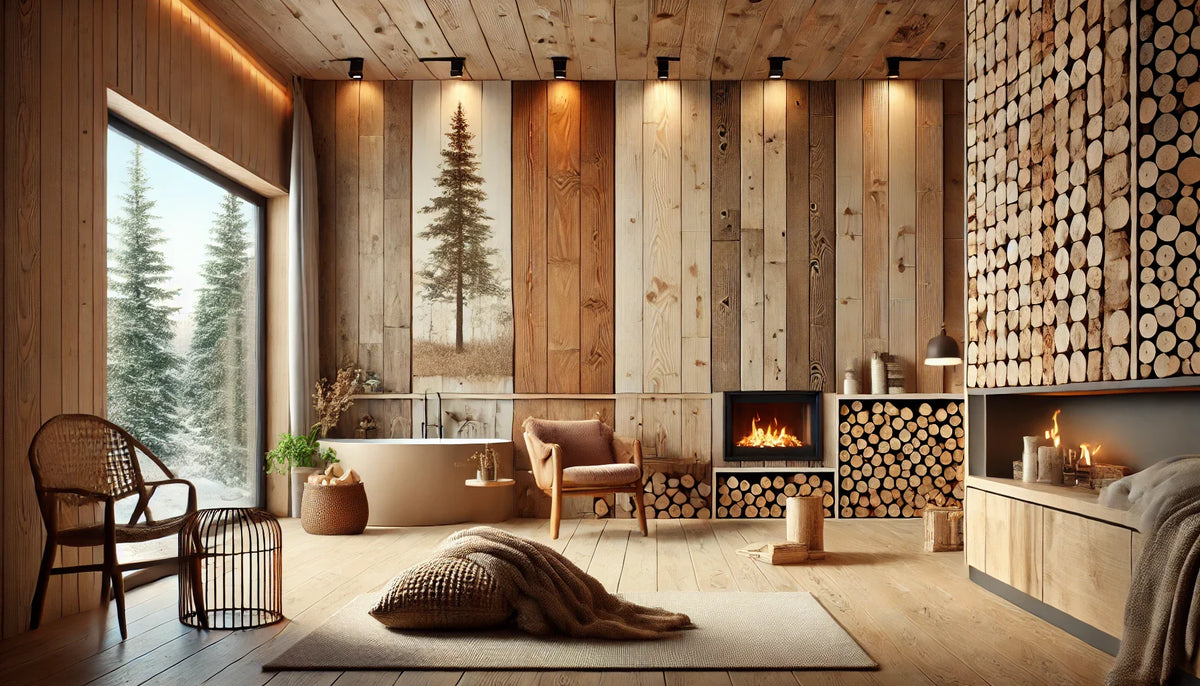Choosing where you cast your line matters just as much as how you fish. Eco-friendly freshwater fishing starts with clean, healthy waterways, balanced fish populations and locations that aren’t already under pressure from crowds and pollution. By favouring clear, safe rivers and lakes, avoiding overfished hotspots and steering clear of banks choked with litter, boat traffic and noise, you help protect the habitats that make time by the water so calming in the first place. Look for spots with good water-quality reports, strong local conservation efforts and minimal visible damage to the shoreline. Chatting with local anglers, rangers and environmental groups can point you towards more sustainable choices, too. At Friendly Turtle EcoBlog, we’re all about slow, low-impact living and that extends to how we enjoy nature, from mindful, low-waste days on the bank to leaving every fishing spot cleaner than we found it.
Share your articles with us and get published! Reach out at hello@friendlyturtle.com.
Top 4 Sustainable Wood Types for Eco-Friendly Wall Panels

Wooden wall panels can always be great additions to your home, especially if you want to get all of the benefits they can provide. However, if you’re new to this kind of thing, you will surely be surprised when looking for wooden wall panels for your home in the market. This is due to the fact that there are several types of wood for wooden wall panels in the market, such as oak, pine, walnut, and cedar. This situation sometimes makes many people confused when choosing the wood panel which suits them the best. If you are one of those people, then it’s best for you to know more about the 4 best and most popular types of wood for wooden wall panels below.
Oak
The first type of wood which is quite popular for a wood panel is oak. This is because oak is not only beautiful, but also strong and durable. Those characteristics make oak one of the best choices when it comes to wooden wall panels. What’s more interesting about oak is that it’s relatively affordable, generally more affordable than walnut and cedar although it’s still more expensive than pine. Oak comes in red and white varieties, and it has fine grain with light to medium brown tones. It can be stained to have its natural color more enhanced, but left untreated if you want it to have a more rustic look. This type of wood is also resistant to dents and scratches, making it able to last for decades and quite suitable for high traffic areas such as the living room.

Pine
The second type of wood which is also quite popular for wooden wall panels is pine. It’s mainly because pine is the most affordable among the 4 types of wood for wooden wall panels being discussed here. However, it doesn’t necessarily mean that pine is bad for wooden wall panels. In fact, it has an accent that is pleasing to the eyes thanks to its light color and distinct knots, making it suitable for country or rustic-style homes. However, unlike oak, pine is prone to dents and scratches, so it’s not really suitable to be placed in high traffic areas.

Walnut
The third type of wood which is no less popular than pine and oak is walnut. This type of wood provides a premium and luxurious look to the room where the wooden wall panels made from it are placed. It generally has dark tones with deep brown color and straight, uniform grains, making it able to stand out wherever it’s placed. Unfortunately, its premium looks and quality come with high prices, making this type of wood the most expensive among the 4 types of wood for wooden wall panels being discussed here. That’s why wooden wall panels made from this type of wood can only be found in specific places that require luxury touches such as meeting rooms or VIP rooms.

Cedar
The last type of wood which is also popular for wooden wall panels is cedar. This type of wood has the price level of between walnut and oak. Cedar is very popular for its aromatic qualities and resistance to moisture, making it quite suitable for rooms with high moisture levels such as bathrooms, basements, and kitchens. This is thanks to the fact that cedar has natural oils that help repel insects and prevent rot while allowing it to last for decades.
When installing wooden wall panels, safety considerations are paramount, particularly regarding fire resistance. For enhanced fire protection behind wooden panels, professional fire board solutions provide excellent backing materials that complement cedar's natural properties whilst meeting modern building regulations and safety standards.

0 comments
Let customers speak for us
Blog posts
High-quality sleep isn’t just about how many hours you spend in bed – it’s also about what you’re sleeping on. The materials in your mattress, pillows and bedding have a huge impact on temperature, pressure relief and how rested you feel in the morning. Synthetic, low-quality fibres can trap heat, irritate skin and wear out quickly, while natural options like bamboo, French linen, organic cotton and natural latex are breathable, durable and kinder to the planet. Choosing sustainable fabrics means you’re not only supporting better sleep but also lowering your environmental footprint by avoiding plastics, harsh treatments and short-lived products that end up in landfill. From swapping to eco-friendly pillow fillings to investing in breathable, responsibly sourced sheets, small upgrades can transform your nightly comfort over time. On Friendly Turtle EcoBlog, we love exploring how greener lifestyle choices including what you sleep on can support both wellbeing and the environment, helping you create a bedroom that feels cosy, calm and consciously low-impact.
Creating a home that really lasts isn’t just about buying “better” stuff it’s about choosing designs that are built for repair, reuse, and recycling. Today’s most exciting sustainable innovations focus on durability first. Modular appliances and furniture mean that when one small part fails, you can swap a component instead of sending the whole item to landfill. Simple additions like sturdy rails or runners make heavy machines easier to move and maintain, so they’re less likely to be damaged and replaced. Smart self-diagnostics can flag worn parts early, reducing wasteful breakdowns, while monomaterial casings make end-of-life recycling far more efficient. In the Friendly Turtle EcoBlog guide, we explore how these ideas are reshaping everyday essentials from coffee machines and wardrobes to fridges and vacuums and how to spot genuinely long-lasting designs next time you shop. Small, thoughtful choices in the products we bring home can quietly cut clutter, save money, and shrink our environmental footprint for years to come.



